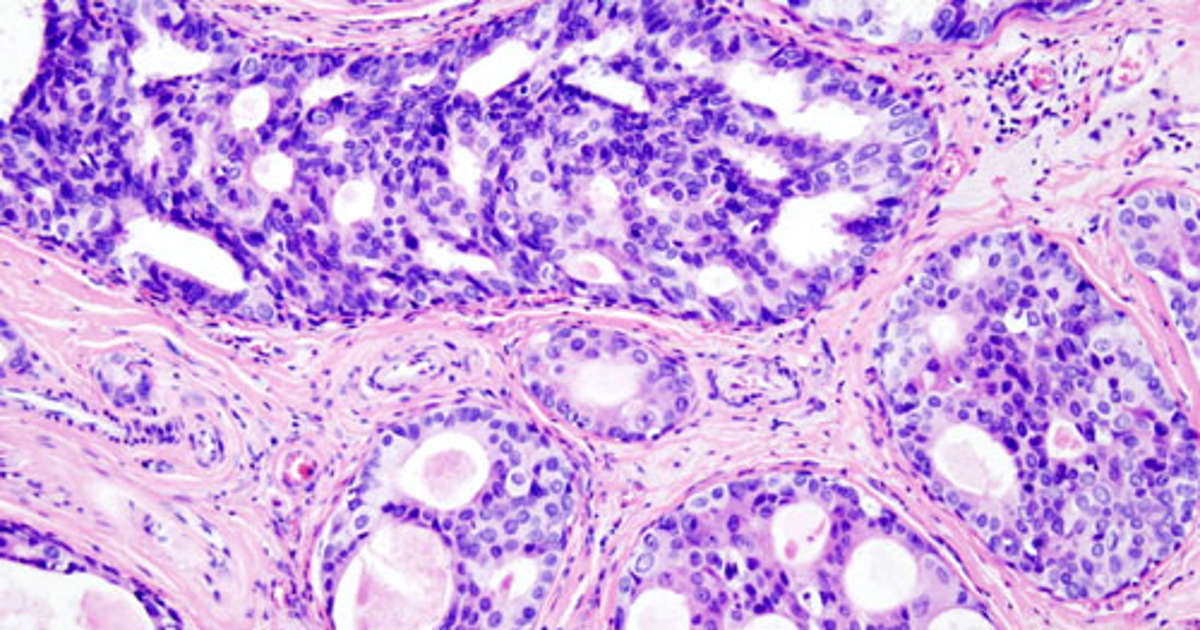In the USA, mammography is recommended starting at age 40: what is it like in Spain?

In a recent update to their guidelines, US health authorities lowered the recommended age for start mammography for breast cancer screening at age 40. This change is a response to the rising incidence of this cancer among young women and aims to improve survival rates through early detection.
Breast cancer is the second most common type of cancer and the second leading cause of cancer death among women in the United States. An estimated 43,170 women will die from the disease in 2023.
Although incidence rates are higher among non-Hispanic white women, non-Hispanic black women have significantly higher mortality and are more often diagnosed in later stages of the disease.
The United States Preventive Services Task Force (USPSTF), after a systematic review, concluded that biennial mammography provides a modest net benefit for women aged 40 to 74 years. However, the evidence is insufficient to determine the benefits and risks in women over 75 years of age and to use additional screening methods such as Ultrasound or magnetic resonance imagingregardless of breast density.
What are the recommendations in Spain?
In contrast to the new US recommendations, Spain takes a more conservative approach to the age of initiation of mammography screening. Since 1990, the Spanish program has offered mammograms every two years to women aged 50 to 69 years. is based on a positive balance between the benefits of screening and the risks associated with overdiagnosis and overtreatment..
The Spanish health system periodically evaluates scientific evidence to adjust its screening programs, which include not only standard mammography but also special protocols for women with a high personal or family risk of breast cancer.
Assessment and future prospects
As the United States takes a more proactive approach to the rise in breast cancer rates at younger ages, Spain remains steadfast in its strategy, based on decades of accumulated data and an organized approach to population.. This contrast in public health policy reflects differences not only in the interpretation of available scientific evidence, but also in the structure of health systems and the sociocultural priorities of each country.
As debate and research continues, it is vital that women are informed and consult with their doctors to make decisions based on a full understanding of the risks and benefits, taking into account their personal and family circumstances.
Ultimately, adapting public health recommendations to new realities and current evidence will be key to improving health outcomes for women.


